Where does HPMC come from?
Where does HPMC come from?
HPMC, also known as Hydroxypropyl Methylcellulose, is a versatile and widely used substance in various industries. But where exactly does HPMC come from? This question often arises among those curious about the origins and production of this essential compound. In this article, we will delve into the intricate process of manufacturing HPMC and explore its various applications in an array of sectors.
1. What is HPMC?

Hydroxypropyl Methylcellulose is a synthetic compound derived from cellulose, a carbohydrate found in the walls of plant cells. Through a series of chemical modifications, cellulose is transformed into HPMC, resulting in enhanced physical and chemical properties. This process alters the molecule's molecular weight, viscosity, solubility, and gelation, making it suitable for numerous applications across industries.
2. Extraction of cellulose:
To obtain HPMC, we first need to extract cellulose from plant sources. The most commonly used raw materials for cellulose extraction are wood pulp and cotton linter. Wood pulp is a byproduct of the paper industry, while cotton linter refers to the short fibers left on cottonseed after the cotton is ginned. Both sources provide ample amounts of cellulose suitable for further processing.
3. Alkali treatment:
After the cellulose is obtained, it requires alkali treatment to remove impurities and increase its reactivity. The cellulose is mixed with an alkali solution, such as sodium hydroxide, and heated under controlled conditions. This process breaks down the cellulose into smaller components, allowing for better chemical modification later.
4. Etherification:
The alkali-treated cellulose is then subjected to etherification, a process that involves adding propylene oxide and methyl chloride to enhance its properties. Propylene oxide adds hydroxypropyl groups to the cellulose chain, while methyl chloride adds methyl groups. These modifications significantly improve the compound's solubility, stability, and film-forming properties.
Additional resources:Are 5-Dichloroacetophenone Products the Next Skincare Craze?
Is Nano Silver Powder the Ultimate Antibacterial Solution?
Is Sodium Thiocyanate the Skin Savior?
Understanding the Versatility of HPMC: Applications and Benefits
What is pigment powder and how is it used?
Ethylene Glycol Diacetate: Properties, Applications, and Safety Considerations
The Versatility and Convenience of Spray Adhesive: A Sticky Solution for Various Applications
5. Purification:
Once the etherification is complete, the resulting compound undergoes purification to remove any unreacted chemicals or impurities. This step is crucial to ensure the final product meets strict quality standards. Multiple purification methods can be employed, including washing, filtering, and drying, to obtain a pure and refined form of HPMC.
6. Versatile applications:
HPMC finds applications in various industries due to its advantageous properties. In the construction sector, it is commonly used as a thickening agent in cement-based products, such as tile adhesives and joint fillers. Its water retention properties also make it an ideal additive in skim coats, renders, and plasters.
7. Pharmaceutical and personal care products:
In pharmaceuticals, HPMC serves as an excipient, playing a crucial role in drug delivery systems. It can act as a controlled-release agent, improving the drug's effectiveness and bioavailability. Furthermore, HPMC is used in personal care products like shampoos, lotions, and cosmetics due to its film-forming and viscosity-controlling properties.
8. Food industry:
The food industry also benefits from HPMC's properties, as it is commonly utilized as a stabilizer, emulsifier, and thickening agent. It helps improve food texture, prevent ingredient separation, and enhance shelf life. Additionally, HPMC is widely used in dietary supplements and encapsulated medicines due to its ability to form capsules easily.
9. Conclusion:
In conclusion, HPMC, or Hydroxypropyl Methylcellulose, is a synthetic compound derived from cellulose extracted from various plant sources. Through a chemical modification process, the physical and chemical properties of cellulose are transformed to make it suitable for different applications. From construction materials to pharmaceuticals and the food industry, HPMC plays a vital role in enhancing product performance. Understanding the origins and production process of HPMC provides valuable insight into its widespread use and potential for future advancements.
Contact us to discuss your requirements of HPMC cellulose manufacturers, polypropylene fiber manufacturer, High transparency HPMC. Our experienced sales team can help you identify the options that best suit your needs.
Additional resources:Sulfonyl Halides: Versatile Compounds in Organic Chemistry
1-Chlorooctane: A Prominent Alkyl Halide in Organic Synthesis
Choosing the Right Refrigerant Gas: Factors to Consider
Can Water Resistant White Powder MHEC Revolutionize Construction Materials?
HPMC for Tile Adhesive
Daily Chemical Detergent Grade HPMC Cellulose: Enhancing Performance and Sustainability
What is lithium aluminium deuteride?
266
0
0
Related Articles
-
386
0
0
-
346
0
0
-
370
0
0
-
313
0
0
-
351
0
0
-
344
0
0
-
410
0
0
-
353
0
0

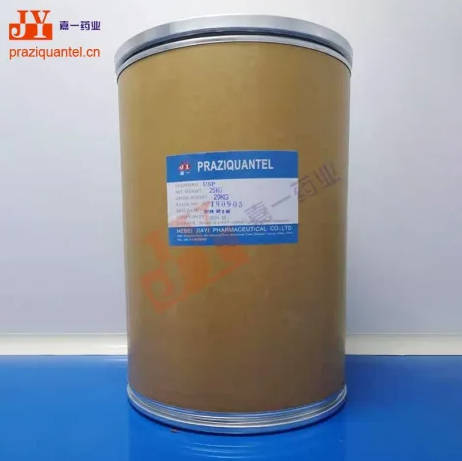
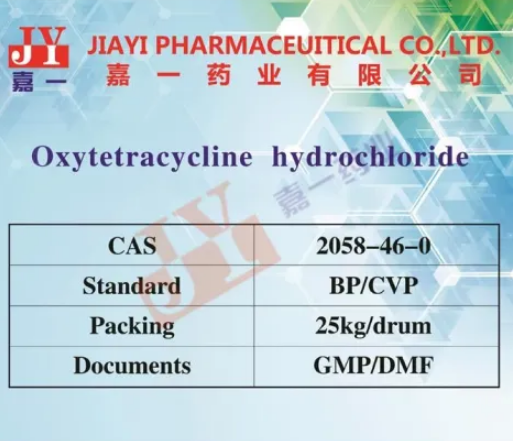
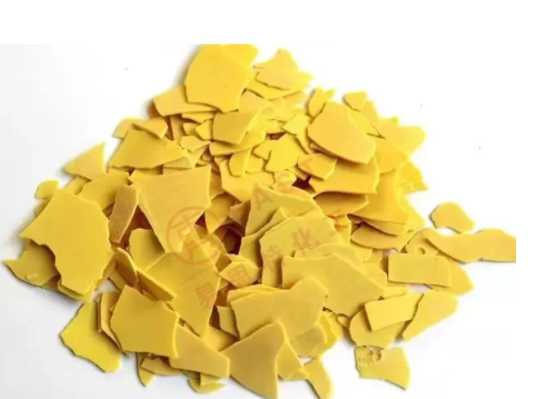
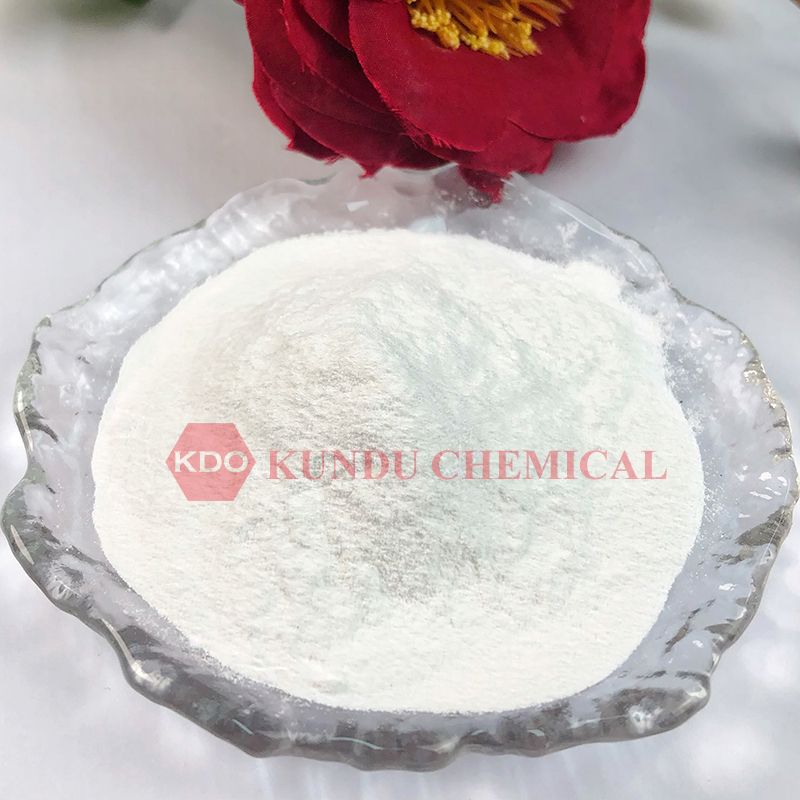
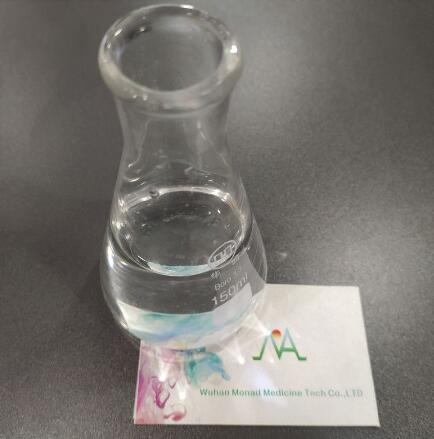
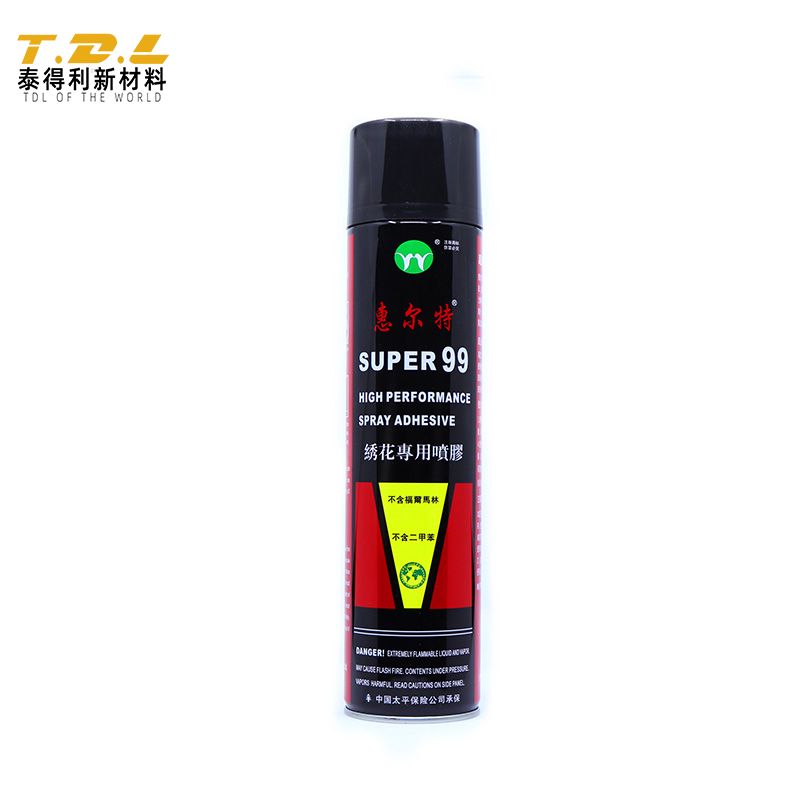

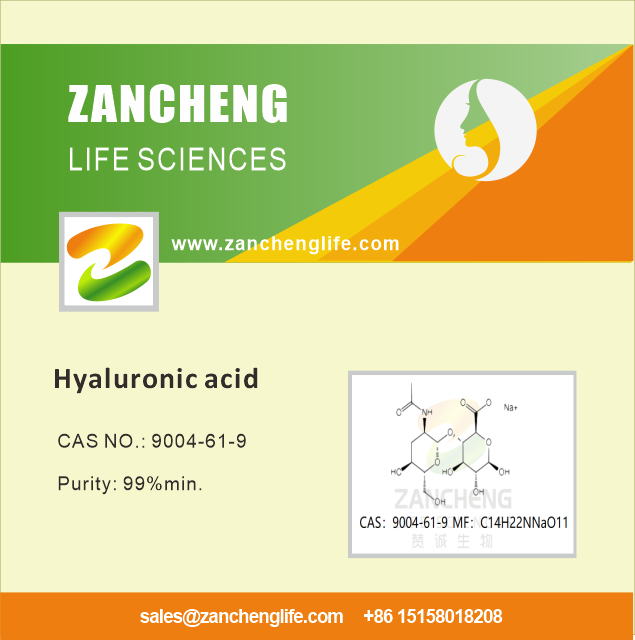
Comments
All Comments (0)